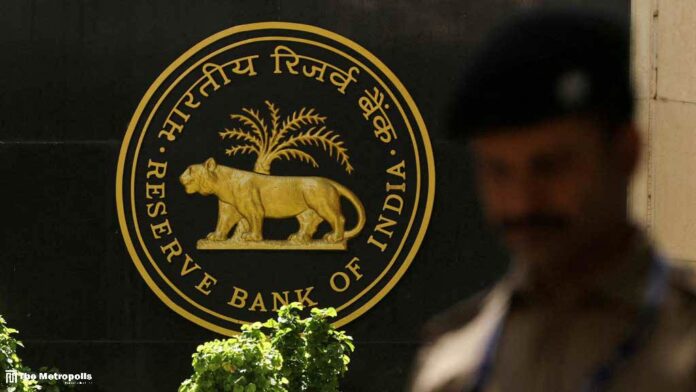The Reserve Bank of India (RBI) cut its key repo rate for the first time in nearly five years on Friday, signaling a shift to a less restrictive policy approach to stimulate the sluggish economy.
The Monetary Policy Committee (MPC), which includes three RBI members and three external members, reduced the repo rate by 25 basis points to 6.25%. This follows eleven consecutive policy meetings where the rate remained unchanged.
The move aligns with a Reuters poll, where more than 70% of economists had anticipated a quarter-point cut, marking the first reduction in India’s key rate since May 2020.
All six MPC members voted for the rate cut and maintained the monetary policy stance as “neutral.”
RBI Governor Sanjay Malhotra, in his first policy review since his appointment in December, stated that while growth is expected to recover, it is still much lower than last year, and inflation dynamics have created space for rate easing. “The MPC, while maintaining a neutral stance, felt that a less restrictive monetary policy is appropriate at this juncture,” Malhotra said.
Following the announcement, India’s benchmark 10-year bond yield rose five basis points to 6.70%, while the rupee and benchmark equity indexes weakened slightly.
Radhika Rao, senior economist at DBS Bank in Singapore, noted that the MPC avoided signaling an outright dovish stance by keeping the “neutral” position.
Most economists polled by Reuters had predicted Friday’s rate cut, with only one more 25-basis point reduction expected in April, bringing the policy rate down to 6%.
India’s government has projected annual growth of 6.4% for the year ending in March, which is below the lower end of its initial forecast, mainly due to a weaker manufacturing sector and slower corporate investments. This would be the slowest growth pace in four years. Growth is expected to range from 6.3%-6.8% in the next fiscal year.
The central bank forecasts growth of 6.7% for the next year. Malhotra highlighted that improving employment conditions, recently announced tax cuts, moderating inflation, and a strong agricultural output due to a good monsoon would help boost growth.
Although retail inflation is still above the RBI’s medium-term target of 4%, it eased to a four-month low of 5.22% in December and is expected to decline towards the target in the coming months. The central bank expects inflation to average 4.8% in the current financial year, easing to 4.2% next year. Malhotra mentioned that food inflation pressures are expected to ease, but volatile energy prices pose a risk to the inflation outlook. Core inflation, while likely to rise, is expected to remain moderate.
In his first policy announcement, Malhotra discussed balancing trade-offs between stability and efficiency, referring to draft rules proposing higher capital requirements for bank lending to under-construction infrastructure projects and increasing liquidity requirements for digital deposits. He emphasized that the central bank would strive to find the right balance in its regulations, considering both benefits and costs.
Since Malhotra’s appointment, the rupee has weakened, and volatility has risen, leading markets to speculate that the central bank is easing its grip on the currency. Under Malhotra’s predecessor, Shaktikanta Das, the RBI had intervened heavily to keep the rupee’s volatility at multi-decade lows.
Malhotra reiterated that the RBI’s intervention is aimed at smoothing “excessive and disruptive volatility,” not targeting any specific exchange rate or band. “The exchange rate of the Indian rupee is determined by market forces,” he added.
Following the policy announcement, the rupee fell slightly, trading at 87.47, close to its record low of 87.58.



